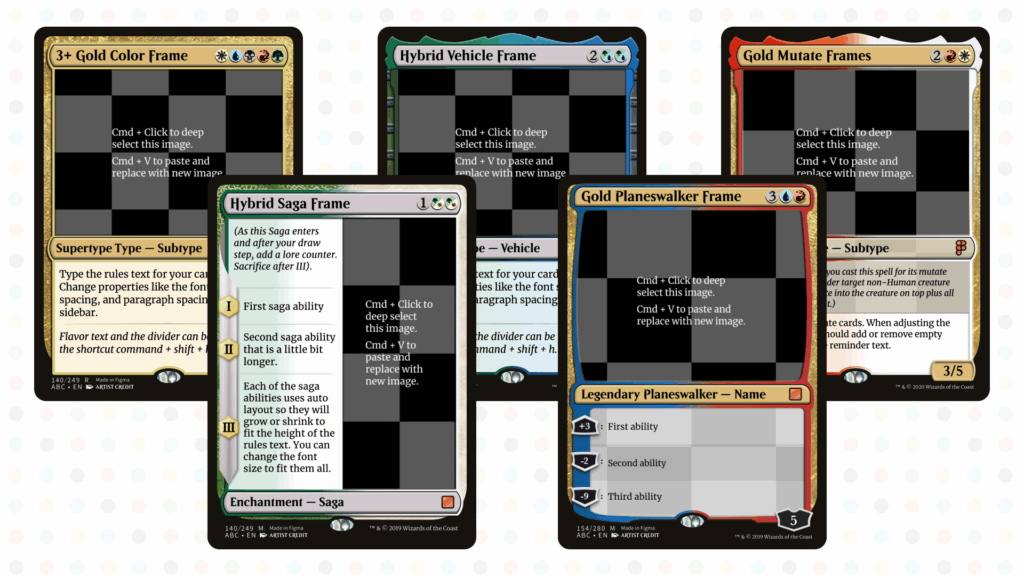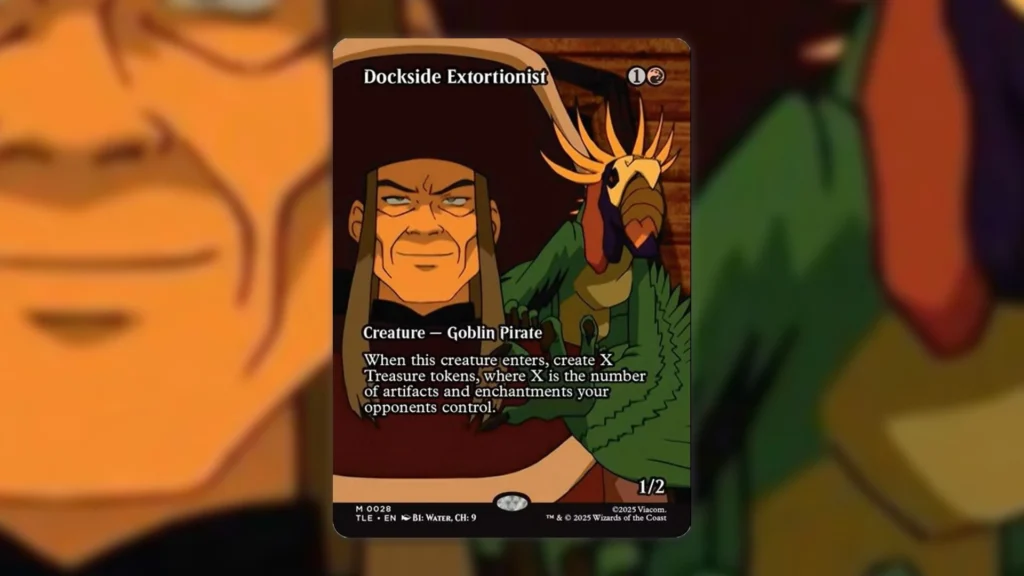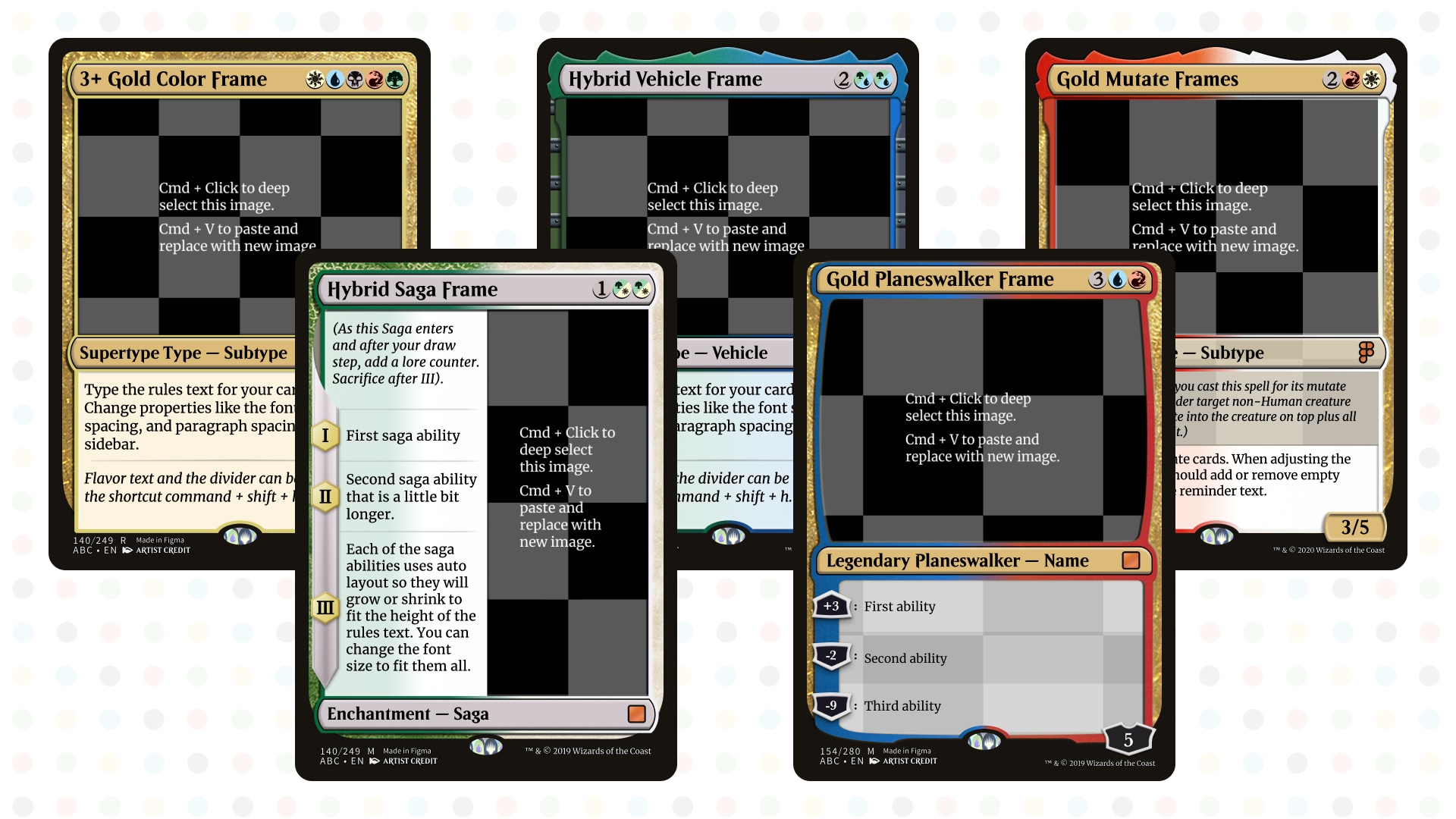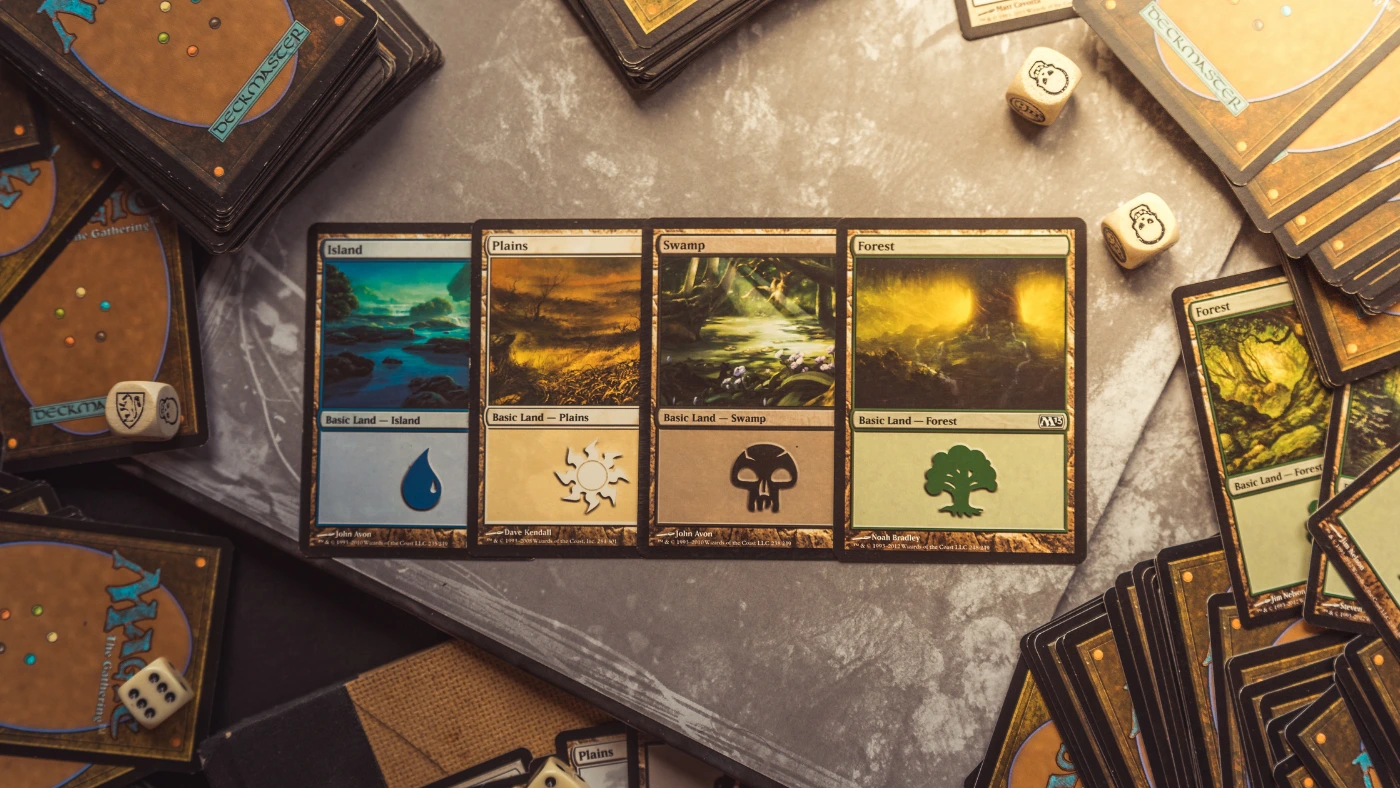Mark Rosewater just published “30 Years, Part 1,” a look at the biggest pivots in Magic design. It is a great read and worth your time. I took that history and asked a different question. What do those Magic design changes mean for proxy players right now. If you build cubes, test decks, or enjoy casual nights with friends, the shifts Rosewater describes directly affect your card choices, your table politics, and your print decisions. This is not a recap. It is a field guide for proxy players, grounded in Limited-first design, cross-set planning, and the realities of today’s formats.
You can read Mark’s original piece here: 30 Years, Part 1. I’ll reference it for context, and then translate the implications for proxies, cubes, and testing.
Limited and “as-fan” changed what good cubes look like
One of the first big Magic design changes was treating Limited like a real design target. That simple shift forces structure. Curves matter. Evasion matters. Removal has an expected spread. Rarity carries complexity.
If you are building a proxy cube, build like a modern set. Use “as-fan” thinking to check density. Ask basic math questions. How many aggressive one and two drops show up per 15 cards. How many clean answers to bombs should a drafter see in a pod. That density call will decide whether your cube produces grindy board stalls or snappy games with real decisions.
You do not need software to do this. Start with a target removal as-fan, then count. If your 360-card list yields two to three reliable answers per pack on average, your games will feel different than a list where players see only one soft removal spell every other pack. If you want a quick primer on testing with proxies before you invest in real cards, we wrote one here: Using MTG Proxy Cards to Test Your Deck.
Short take. Draftable environments want repetition. Your drafters should see enough fixing, enough interaction, and enough payoffs to make signals mean something. That is the Limited lens, and it is the right lens for cubes too.
Magic design changes in blocks and beyond
Mark’s piece covers the rise of blocks and the later move away from them. That shift changed how synergy shows up over time. When blocks were the default, you got a season of mechanics that deepened across three sets. Today the cadence is different. Sets are standalone more often, with Standard rotation extended. For proxy players, this matters in two ways.
First, synergy lines now span products and months. Payoffs may show up in fall, with the clean enablers landing the next spring. If you are testing with proxies, plan for the whole arc. When a set seeds an idea, ask yourself what the next release would need to make it real, then add a handful of speculative proxies to try that shape now.
Second, rotation changes Standard’s shelf life. If you are a budget Standard player who uses proxies to test at the kitchen table before buying, longer rotation increases the value of that testing. Cards stick around. Your test reps pay off for more seasons. That reduces churn.
Cross-set design makes “future-proof” proxies smarter
Rosewater tells a story about turning a small creature into an Atog and then building a cycle across sets. Think of that as a design promise. Proxies shine when you use them to test a promise before the follow up card exists. You see a new archetype brewing. You sketch the curve and the glue cards. You make a few placeholders to get reps. When the real pieces arrive, you already know what works, so you spend with confidence.
In short. Treat new mechanics as signals. Build a small stack of test proxies around the idea, even if you have to invent a “reasonable” missing piece to trial the play pattern. Your goal is not to predict exact text. Your goal is to measure feel.
ETB and enters effects shifted how cardboard acts on tables
Beginning in the late nineties, Magic leaned into “enters the battlefield” effects. Creatures started carrying stapled spells. Board states became more resilient. Players gained value up front, not just through attacks.
For proxy builders, that means two practical things. First, text density. Modern creatures often have a line or two that matters immediately. Your print needs to prioritize legibility for that chunk of text. Shrink type on flavor, not on the trigger. Second, removal math. If your test environment is full of ETB creatures, you need exile, bounce, and sweepers that answer value engines. Otherwise your games get snowbally and feel worse than the real format.
Magic design changes in the frame opened new proxy choices
Frames became mechanical tools. Split cards. Double-faced cards. Showcase treatments. All useful, all readable when done well. Proxies should respect that readability. On split cards, keep titles clear and costs easy to parse. On double-faced cards, plan for sleeves or use clear back labels so your pod does not need to sleeve every time. Do not trade clarity for cute. It is not worth it.
If you love special frames, great. Still test with the default frame before you lock a cube. The default frame is often easier for new players at your table. Once the archetypes are stable, add your flair.
Worldbuilding and Story Spotlights change how your cube “feels”
Early Magic gave vibes through names and flavor, but did not tell active stories. Modern Magic does. Art, mechanics, and story beats line up. For proxy builders, that opens two paths. You can lean into cohesive worlds and load your cube with cards from a tight window, which will feel amazing if the archetypes hang together. Or you can run a greatest hits list that focuses on play patterns, then add a few story spotlight cards to give flavor spikes without warping your draft. Both work. Pick a lane on purpose.
Consolidated rules, evergreen keywords, and New World Order help new players
Magic’s rules overhaul and later “New World Order” philosophy kept common cards simpler and pushed complexity to higher rarities. Evergreen keywords keep recurring concepts familiar. For cubes and casual pods, that is a gift. You can add spice at rare without drowning new players at common.
When you print proxies, respect this ladder. Use reminder text where a player is likely to need it. Avoid stacking three new mechanics on one card unless your table is already high skill. Keep the cognitive load where your group wants it.
Digital Magic shaped card templates and play patterns
Digital play forced R&D to think about clicks, loops, and UI. That discipline helps physical tables too. Design that avoids needless clicks often also avoids endless shuffles and repetitive micro-actions in paper. When you choose proxies for testing, watch for patterns that create slow turns. If a combo line demands ten repetitive actions, ask if there is a simpler alternate you can test first. Your pod will thank you.
Typal themes got serious and that affects budget builds
“Tribal” decks existed from the start, but Onslaught made typal themes real top tier strategies. Since then, nearly every release includes a typal hook. If you want to test a typal deck on a budget, proxies help you calibrate how many lords, how much card draw, and what interaction suite you need before you buy. The danger is overloading cute synergies without enough raw stats. Use your test reps to find that line.
Rotation, formats, and a simple proxy plan
This is where most proxy players live. You test Standard lists before you buy. You test Pioneer or Modern brews before you commit cash. You sleeve Commander piles to see if they play well in your pod. A good plan is simple.
Pick a format and a time box. Run five to ten matches. Swap only two or three cards at a time. Keep notes. If a card is dead in hand more than half the time, cut it. If a card wins the game when it resolves and you like that, get the real copy or a long term proxy. If your pod has rules about proxies, honor them. Rule Zero conversations save nights.
Practical checklist for proxy makers
Keep the type line and mana cost readable. That is where most mistakes happen. Use consistent symbols. Prioritize oracle text. If you run custom art, keep contrast high and do not bury rules text over busy backgrounds. Label double-faced cards clearly. For Commanders, make sure color identity is obvious at a glance. Protect table time. That is the point.
For more shopping context across the market, see our quick best proxy site guide. It compares strengths so you can pick the right place for your needs.
Ethics, events, and a quick policy primer
Proxies shine in casual play, testing, and cubes. They are not legal in sanctioned events. Some stores run unsanctioned events with house proxy rules while others do not. Respect the venue. Do not try to pass a proxy as an authentic card. If you play in a Commander pod, talk up front about expectations. Most groups are fine with playtest cards. Clear conversation keeps everyone happy.
Closing thoughts
Magic design changes gave us tools. Better Limited. Cleaner rules. Frames that carry mechanics. Stories that matter. Standard that sticks around long enough to breathe. For proxy players, these changes are not trivia. They are a blueprint for better cubes and smarter testing. Read new set mechanics like signals. Use as-fan thinking to set densities. Keep your prints readable. And test before you spend.
If you want the history from the source, read Mark Rosewater’s “30 Years, Part 1.” Then build something you and your friends love to play.





